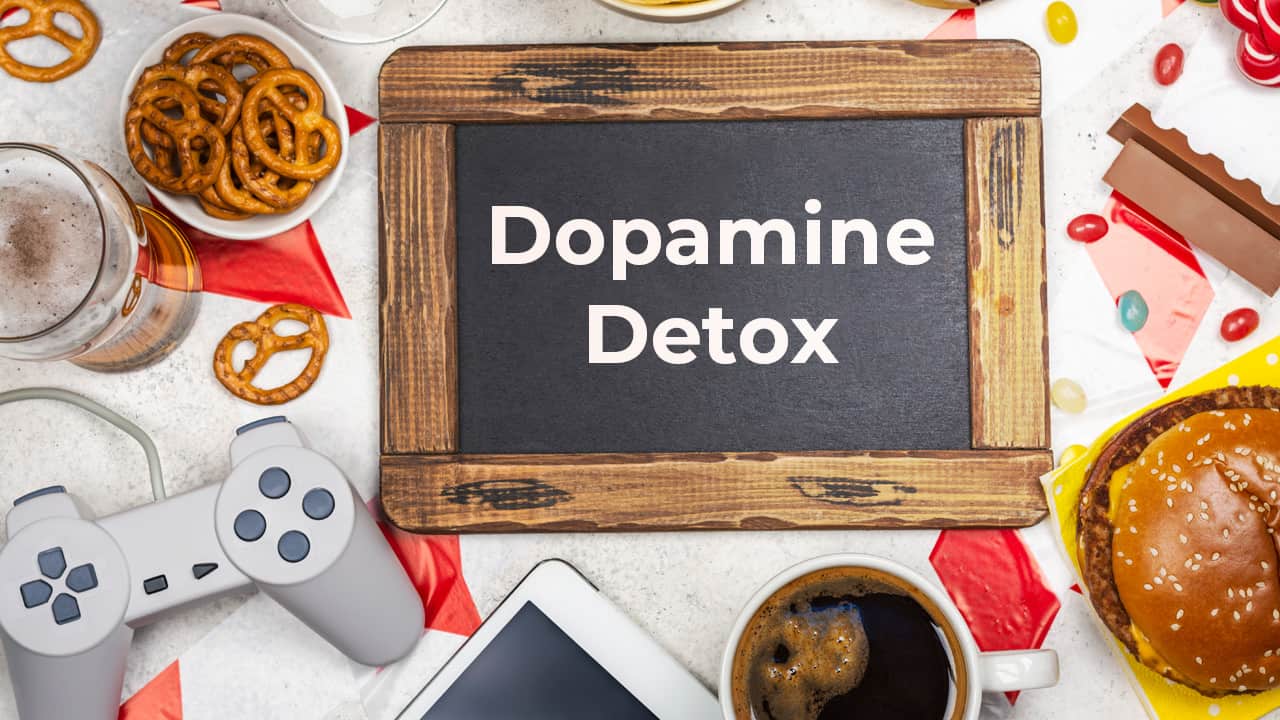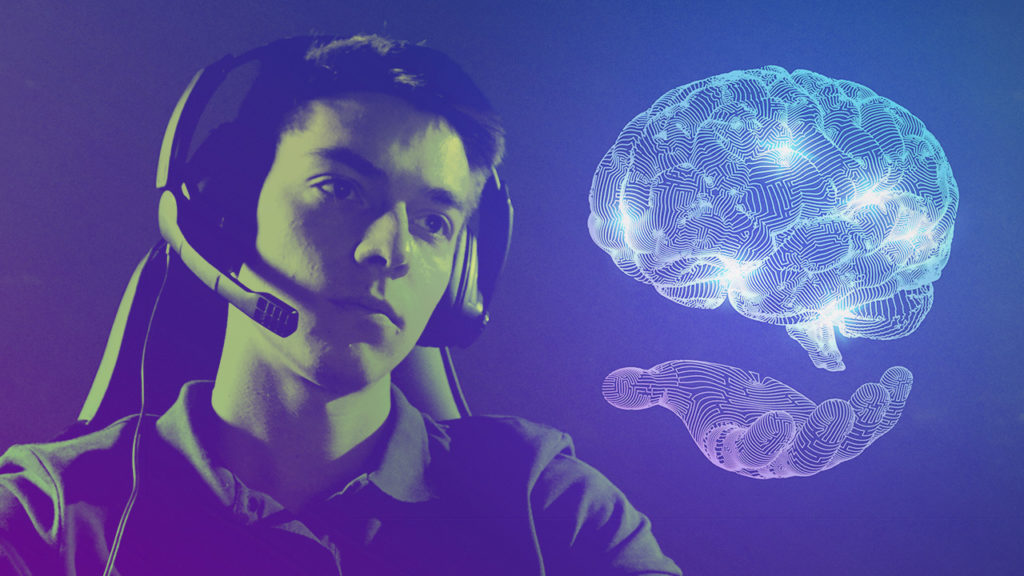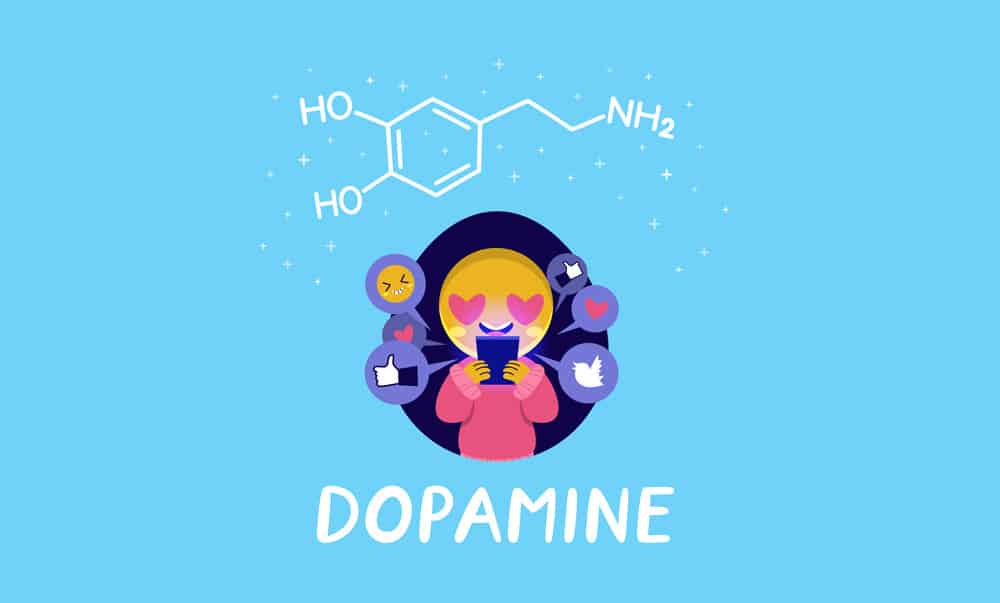
How to Do a Dopamine Detox
Dopamine is a neurotransmitter in our brains that motivates us to do activities that make us feel pleasure. When you engage in a pleasurable activity, dopamine releases in your brain.
Table of Contents
Pleasurable activities include simple things like eating, drinking, watching your favorite movie, listening to music, to “artificial” stimuli like playing video games, binge-watching Netflix, or gambling.
Too much dopamine, however, can lead to addiction, including drug addiction and video game addiction.
The more video games you play, the more you can need to play them to satisfy your needs, leading to disordered play or addiction.
In recent years, a new solution suggested by mental health specialists is a dopamine detox. Dopamine detox, or dopamine fasting, is a term first coined by Dr. Cameron Sepah, a Harvard psychiatrist from California.
In this article, you’ll learn how to do a dopamine detox, what dopamine detox is, and what positive effects it can have on your life.
What is the Dopamine Theory of Addiction?

The dopamine theory of addiction suggests an imbalance in dopamine production in the brain causes addictions.
Instead of getting enough dopamine from everyday activities, individuals suffering from addiction rely on receiving dopamine from drugs, alcohol, video games, or other external stimuli instead.
The addicted individual requires more of their stimuli of choice (drugs, alcohol, video games) to feel satisfied.
According to Mellis et al. (2005), the dopamine theory of addiction goes like this:
“Decreased DA (dopamine) function in addicted subjects results in a decreased interest to non-drug-related stimuli and increased sensitivity to the drug of choice.”
The dopamine theory of addiction suggests that dopamine is at the center of the addiction. With research suggesting that dopamine is the driver behind addictive actions, professionals have started treating addictions by addressing dopamine.
What Triggers Dopamine?

Dopamine is triggered by any pleasurable or rewarding activity we do. This includes everyday activities like eating or drinking to more addictive activities like taking drugs, alcohol, sex, or playing video games.
The key difference here is that some activities release more dopamine than others.
Taking drugs and playing video games produce an instant rush of cheap dopamine. According to some studies, video games release large amounts of dopamine in our brains – comparable to when taking drugs like amphetamine. And because these activities release more dopamine than others, we feel more pleasure doing them. So, consequently, we do more of these activities.
Our brain gets used to the stimulus after some time, which means that we’ll need to take more and more of the drug or play more video games to satisfy our needs. Other activities start to feel less enjoyable compared to our desired stimulus.
In addition, playing video games is convenient and sedentary, and it doesn’t take much effort to experience pleasure. You only need to open your phone or computer and start playing the game, and you’ll almost instantly begin experiencing stimulation and pleasure.
If we compare gaming to less convenient or higher effort activities that produce dopamine like going to the gym, playing video games starts to feel more comfortable. We can justify neglecting other activities for the instant gratification of gaming.
What are the Side Effects of Too Much Dopamine?
Dopamine is one of the most important chemicals in our brain. Its presence is required for normal functioning and often affects our mood and how we feel.
Having optimal amounts of dopamine is crucial for the normal functioning of our body, and it also helps us feel satisfied. Optimal levels of dopamine can contribute to being more alert, satisfied, productive, and motivated.
Having too much or too little dopamine can drastically change the way we live and feel.
The side effects of too much dopamine include:
- ADHD
- Addictions
- Binge-eating and other binging behaviors
- Gambling
- Obesity
High levels of dopamine can also be a contributing factor to many states of mind, including:
- Mania
- Hallucinations
- Delusion
- Schizophrenia
Often, these conditions can present when someone takes a drug that increases dopamine levels. If the stimulus produces too much dopamine, then you may end up feeling like you’re on top of the world to the point where your brain can go into overdrive, leading to mental health issues and the potential conditions above.
Low levels of dopamine can also be problematic. Some of the potential side effects of low levels of dopamine include:
- Reduced alertness
- No motivation
- Coordination difficulties
- Possibility of depression, Parkinson’s disease, anxiety
When doing a dopamine detox, you must keep a good balance in your dopamine levels. Since you’ll stop doing activities that produce high amounts of dopamine, you’ll need to replace them with activities that will also produce enough dopamine to satisfy you, such as exercise.
What is a Dopamine Detox?
A dopamine detox is abstaining from all addictive activities that raise your levels of dopamine too high.
The idea behind the detox is to stop being dependent on activities like social media, video games, gambling, and other addictive behaviors. You’ll abstain from instant hits of dopamine and replace them with healthier activities that produce dopamine.
With the detox, you’ll stop doing these addictive activities for a set period, which is often recommended to be around 90 days.
Dr. Cameron Sepah created the original concept of dopamine detox. His idea was to help tech workers and venture capitalists stop dependence on social media and phone notifications.
The detox aims to prevent addictions to external stimuli and become less dependent on the dopamine produced by social media, video games, gambling, and other similar activities.
According to Dr. Sepah, there are six key areas that the dopamine detox targets:
- Emotional eating
- Excessive internet usage and gaming
- Gambling and shopping
- Porn and masturbation
- Thrill and novelty seeking
- Recreational drugs
At Game Quitters, we offer a program for gamers called Respawn. In it, you’ll find a 90-day detox method that helps you to stop your gaming addiction.
For 90 days, you’ll stop playing video games and replace them with other activities to reverse the changes to your brain because of dopamine addiction.
Dive Deeper: How Dopamine Impacts Gaming
Even though we support the theory of video game detox, you can also choose other activities that you find addictive and start a detox for them as well.
Now, it’s impossible to do a true dopamine detox. Your body will not instantly stop producing dopamine as you enter detox, as it will still get produced by other activities you do. But the goal of dopamine detox is not to eliminate all pleasurable activities but to stop the ones that get you addicted and cause problems in your life.
The key here is that you get dopamine from activities that truly make you feel happy and satisfied and the ones that make you healthy.
So that’s what a dopamine detox is, but can it be effective?
Do Dopamine Detoxes Work?
Dopamine detoxes have been proven to work countless times for individuals worldwide, as long as you have the determination to stick to them.
Addicted people’s brains adapt to the drug or video games. They become dependent on these activities to produce dopamine to help them feel happy.
With time, the brain starts to change:
- Your reward system becomes numb to exposure to activities that might otherwise be pleasurable. To feel pleasure, you’ll need to play video games more and more, and no other activities will be able to match the dopamine rush provided by video games.
- The extended amygdala is also affected, which causes you to feel anxious or depressed when you don’t play games.
- Additionally, your prefrontal cortex may not function properly when you’re addicted to video games. This impairs your ability to think and make the right decisions, which might worsen the gaming addiction.
When you start a dopamine detox, these changes in your brain will begin to reverse. However, they will take time – and a lot of effort.
Inevitably when you start the detox, it is going to be tough. The first two weeks will be the hardest. You might feel some withdrawal symptoms like depression, lack of motivation, anxiety, or headaches.
However, that is when you need to double down on your detox. But, again, these signs are positive, and they show that the detox is working.
Eventually, you’ll start to feel and think more positively, you’ll have more energy, and your cravings will begin to diminish. After some time, you won’t feel the need to play games anymore, and your life can change completely as long as you stick to the plan.
How to Do a Dopamine Detox – Step by Step
So now that you know dopamine detoxes do work, how do you proceed from here?
We’ve prepared a step-by-step plan on how to do a dopamine detox properly.
Step 1: Decide to do Dopamine Detox and Commit to It
The first step begins with your mindset. Make sure your mindset is one where you believe in this process and believe in yourself to be successful with it.
But you must know that starting a dopamine detox takes time and dedication. You need to know it will get tough along the way, but you MUST be willing to stick to it. It’s the only way.
Think about your current situation if you’re addicted to video games. Do you want to continue like this? No motivation or energy to do anything else but to play video games all day?
Take a moment to think about why you want to quit playing video games. Then, imagine the life you want to live without your addiction. Then, please write it down and remember it. Writing out how you want to feel, your goals, and what you dream for your life will help keep you going when things get tough.
The detox is only going to work if you commit to it 100%. No “just one game” or “just one scroll of my Instagram feed.”
Step 2: Delete Your Games and Accounts
Now that you’ve decided to stick to the dopamine detox, it’s time to delete your games from your computer—all of them.
It might even be helpful to delete the accounts for the games you play most. If you have a lot of stuff on your account and you don’t want to delete it, one option is to sell it.
The reason why deleting your games and accounts is effective is that after you’ve deleted them, you won’t be able to jump into the game instantly.
You’ll have to re-install the game, which can be too much of a bother for some people. But deleting your account will be even more effective since it might take you longer to create an account, so you might refrain from doing it altogether.
If you don’t know how to delete your game accounts, we’ve created a series of helpful tutorials on Game Quitters that you can check out, showing you how to delete your accounts for various platforms.
Step 3: Start the Detox
Then it’s time to start the detox.
Mark the happy day on your calendar and observe the changes that it brings to your life.
Step 4: Stick to It for 90 Days
Now you need to stick to it for 90 days.
Why 90 days?
Because research suggests, that’s how long it may take for changes in your brain caused by addiction to begin reversing.
You might start experiencing some withdrawal symptoms, which is when it’s good to remind yourself why you started the detox in the first place. It is also a good time to develop new coping strategies and learn how to navigate challenges in your life without escaping into games.
Also, you’ll want to find replacement activities that will help you replace your gaming habit. Use our hobby tool to find a hobby that you like and try it. If you don’t like it, you can always try another hobby.
Step 5: Continue or Stop
After 90 days, you should be feeling better with your cravings and urges to play significantly reduced.
You now have two options:
- You can continue the detox and living a life without your gaming addiction.
- Or, you can start playing games in moderation, as long as you have other things going on in your life.
If you don’t know if you can’t play in moderation, then it’s up to you to try it. But it’s better to be cautious if you’re not sure, so you don’t get drawn into an addiction cycle again.
Access Our Full Guide on Dopamine Detox
Now you have the basics of the dopamine detox, but if you want to be truly successful, you’ll want to know the science behind the detox in more detail. You might also struggle to fill the void at times, and when it gets tough, you’ll want that extra bit of support.
That’s why we’ve prepared Respawn, where we feature the full guide on a 90-day detox. The vast majority of our users have great success with this method, and so could you.
“Having goals and watching yourself achieve them is the most satisfying feeling in the world. I don’t even think about gaming anymore.”
– Zachary
“Since I gave up video games I have started to learn python and begun a yoga practice.”
– Holly
“I reached 90 days and it’s the longest I’ve gone without playing video games my entire life.”
– Jack
“Yesterday I finished my 90 days!!! The first week was hard but worth it!!”
-Epicness
If you feel the need to, you can always talk to a therapist near you. We have a database of video game addiction therapists from all over the world, so contact the one near you and talk to them.
We’ve also created other pieces of content that you can check out:
- Reclaim program for families of addicted gamers
- Community forum
If you’re a mental health professional and want to know more about gaming addiction and how to treat it, we’ve prepared a 15-hour virtual training on gaming disorder for professionals.
